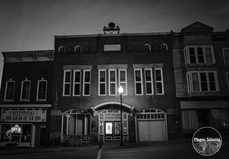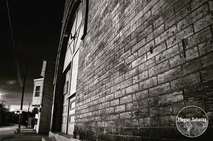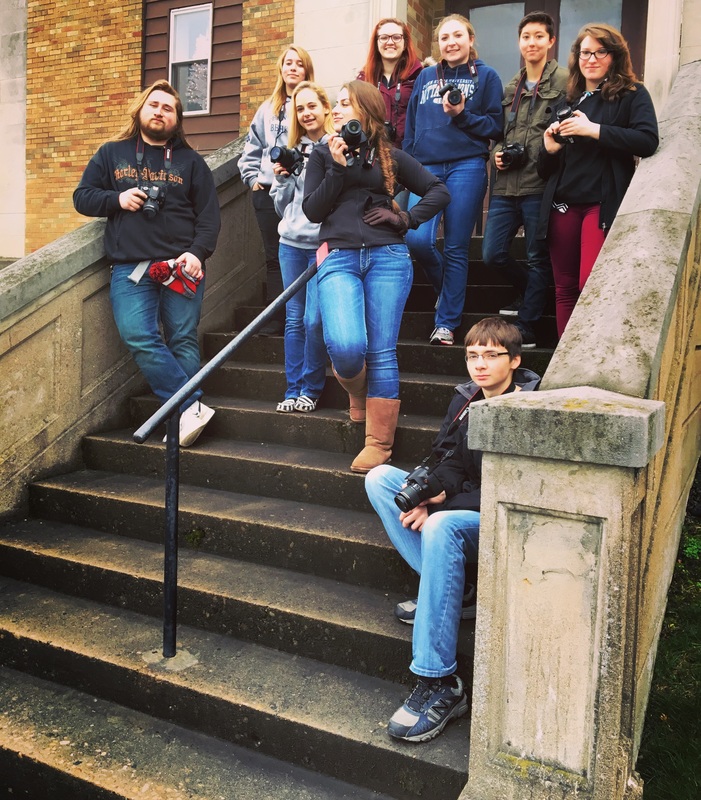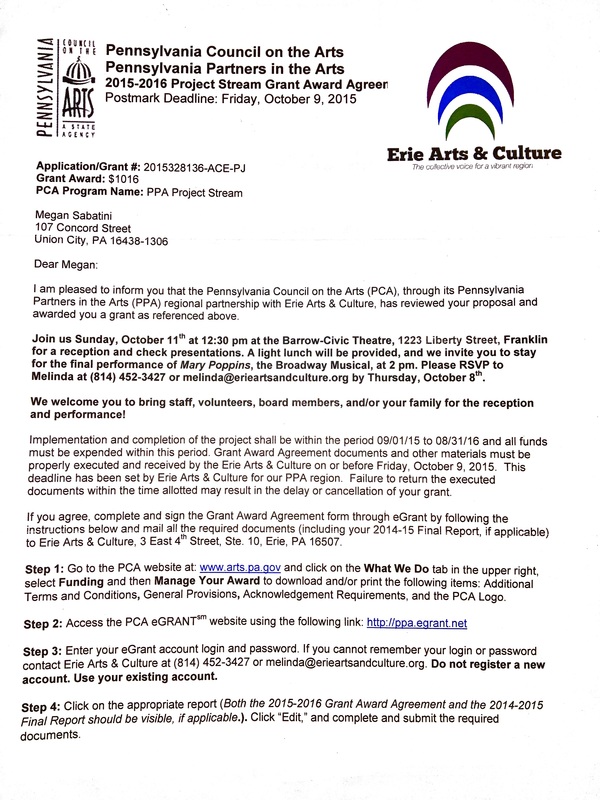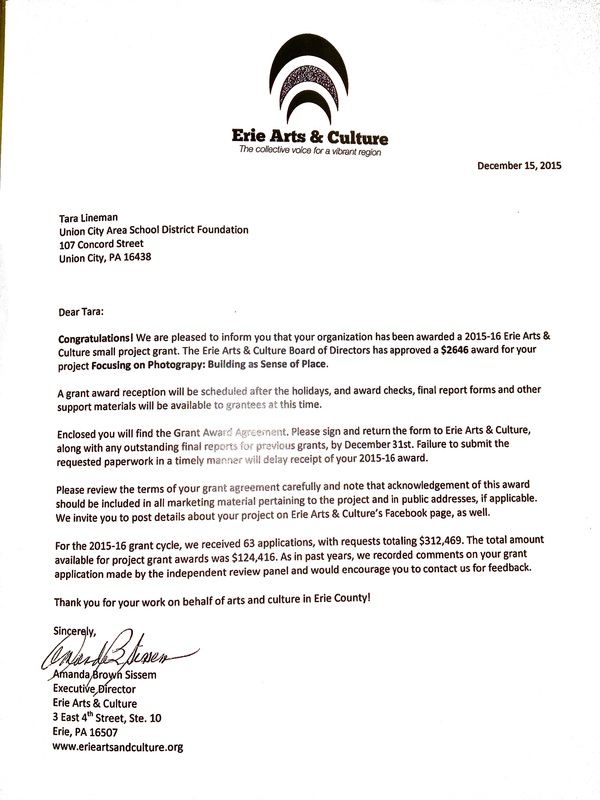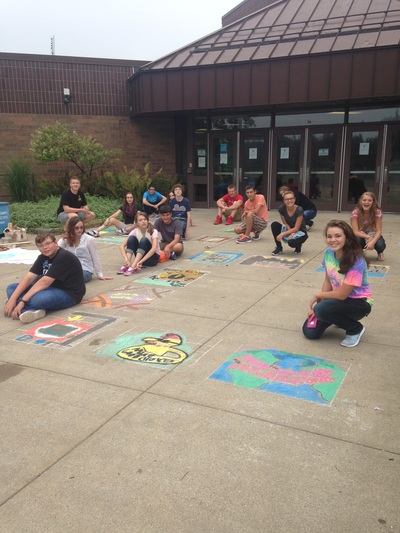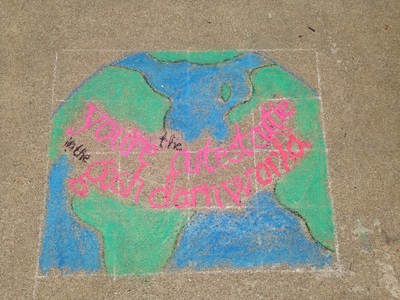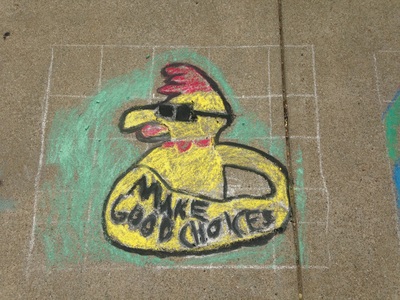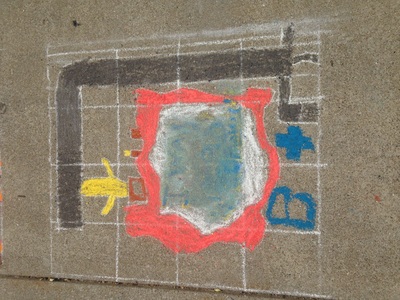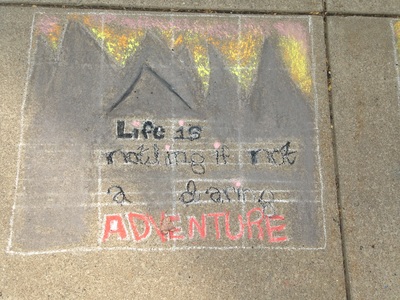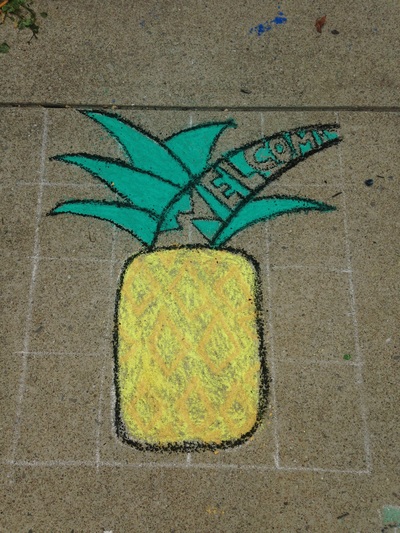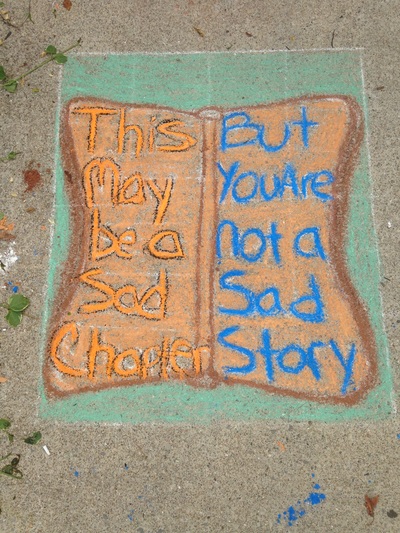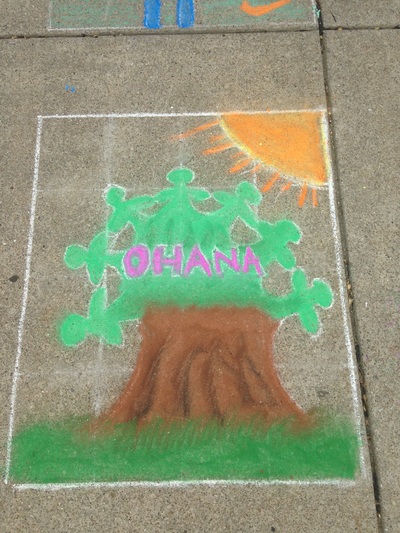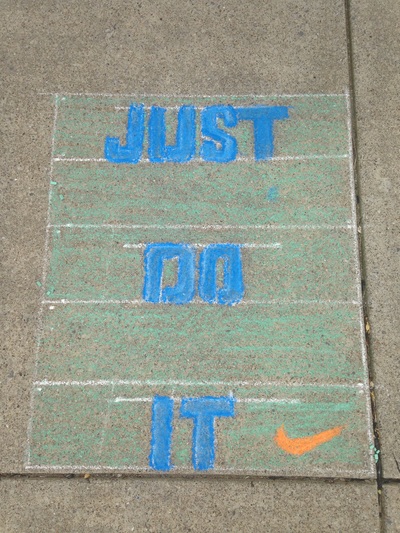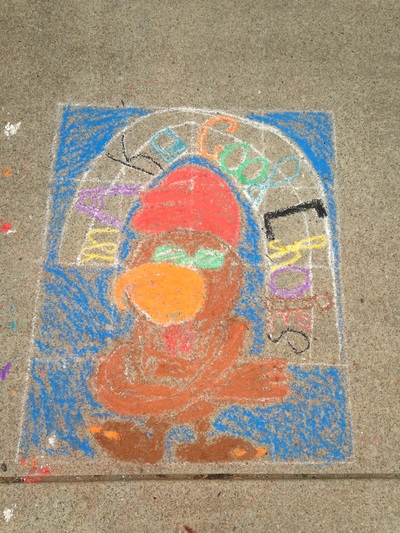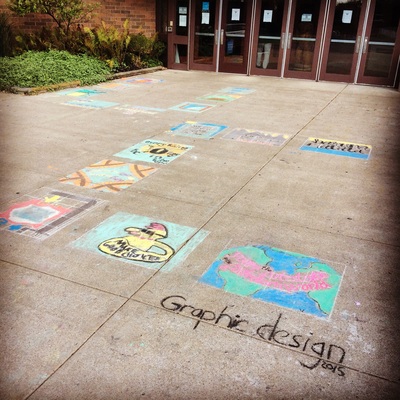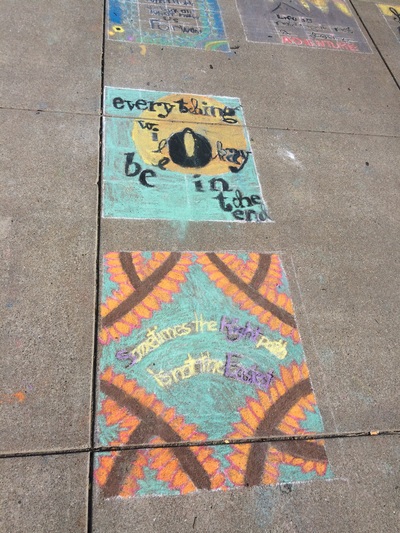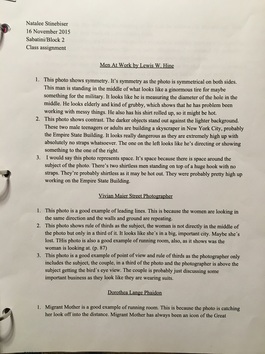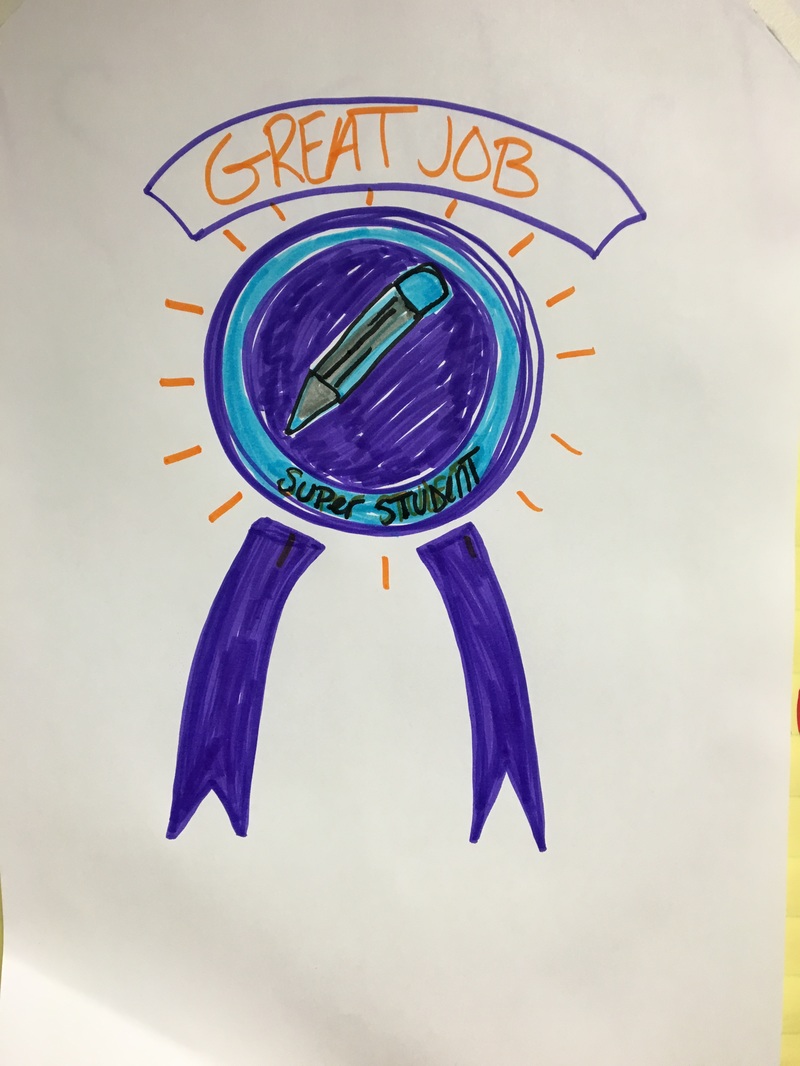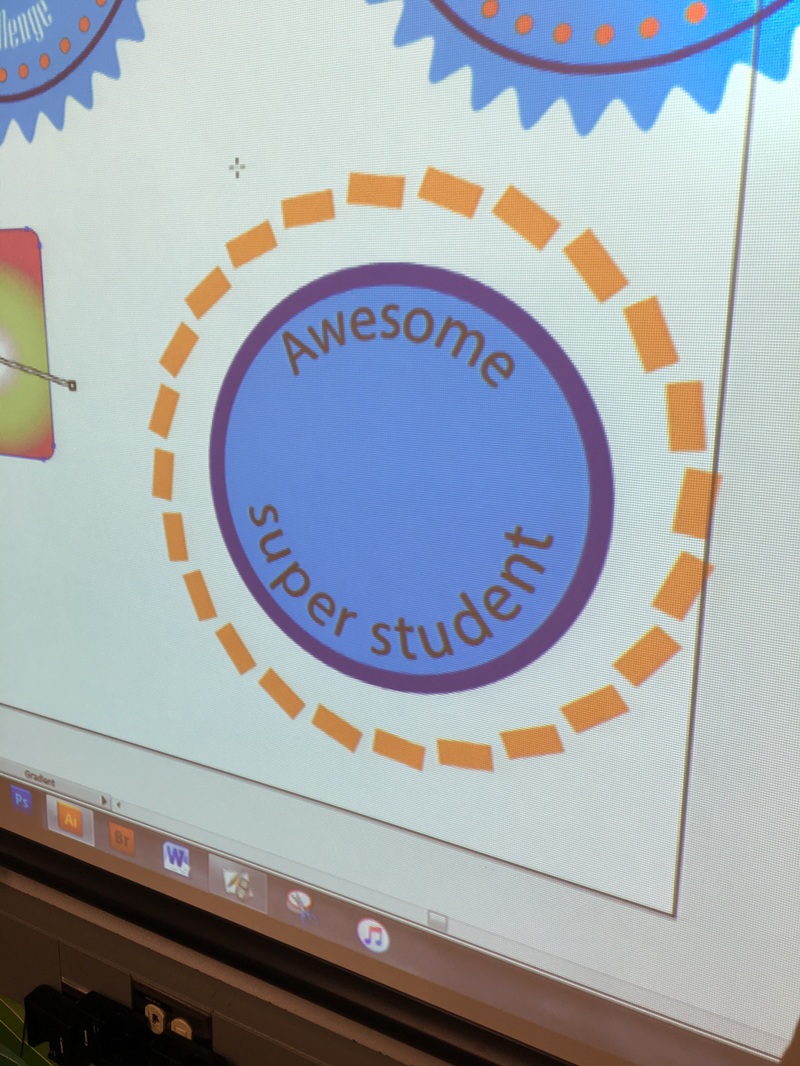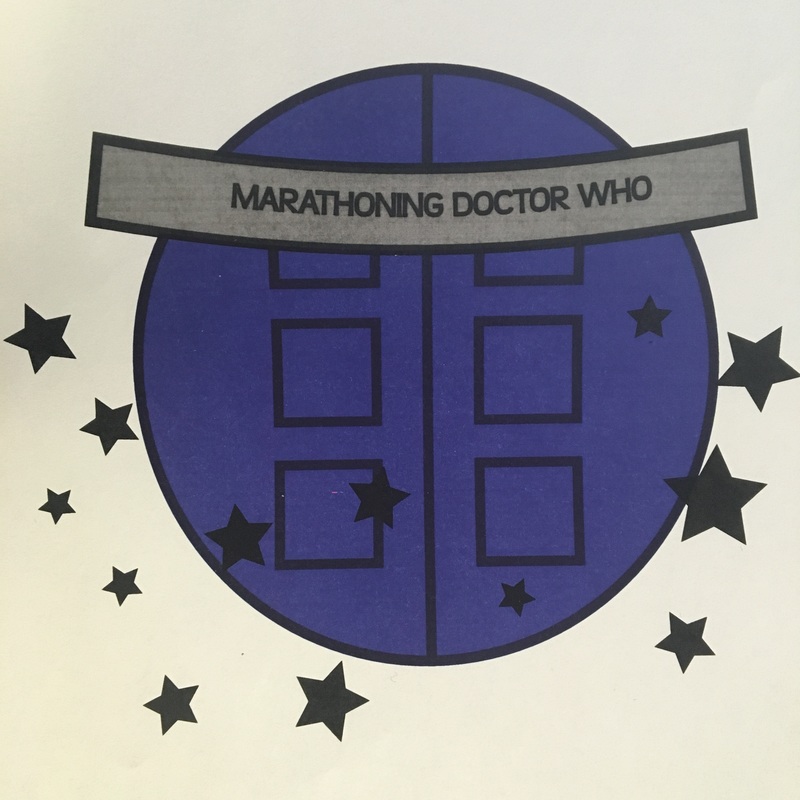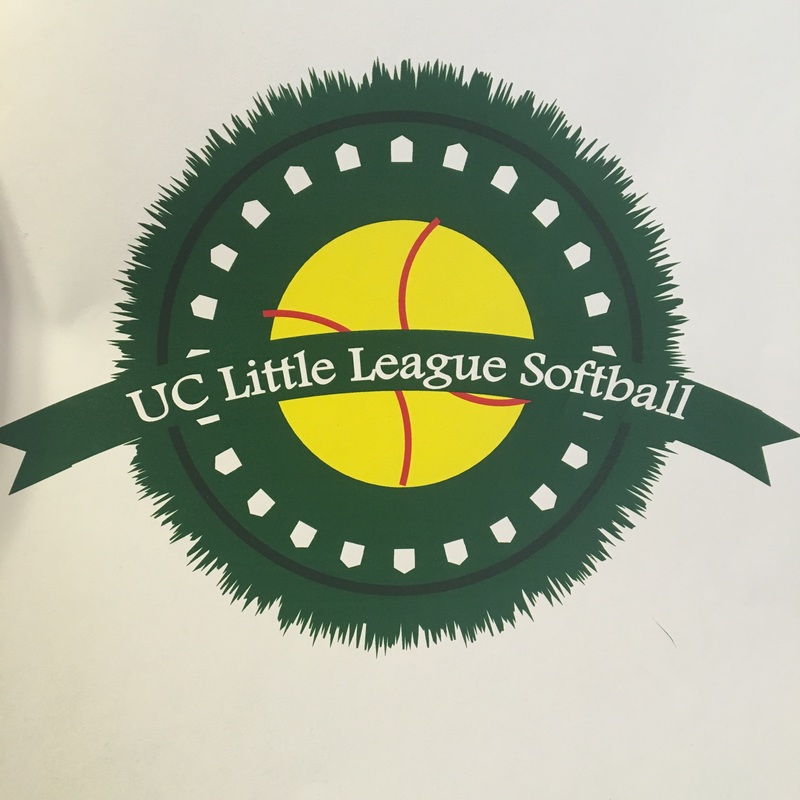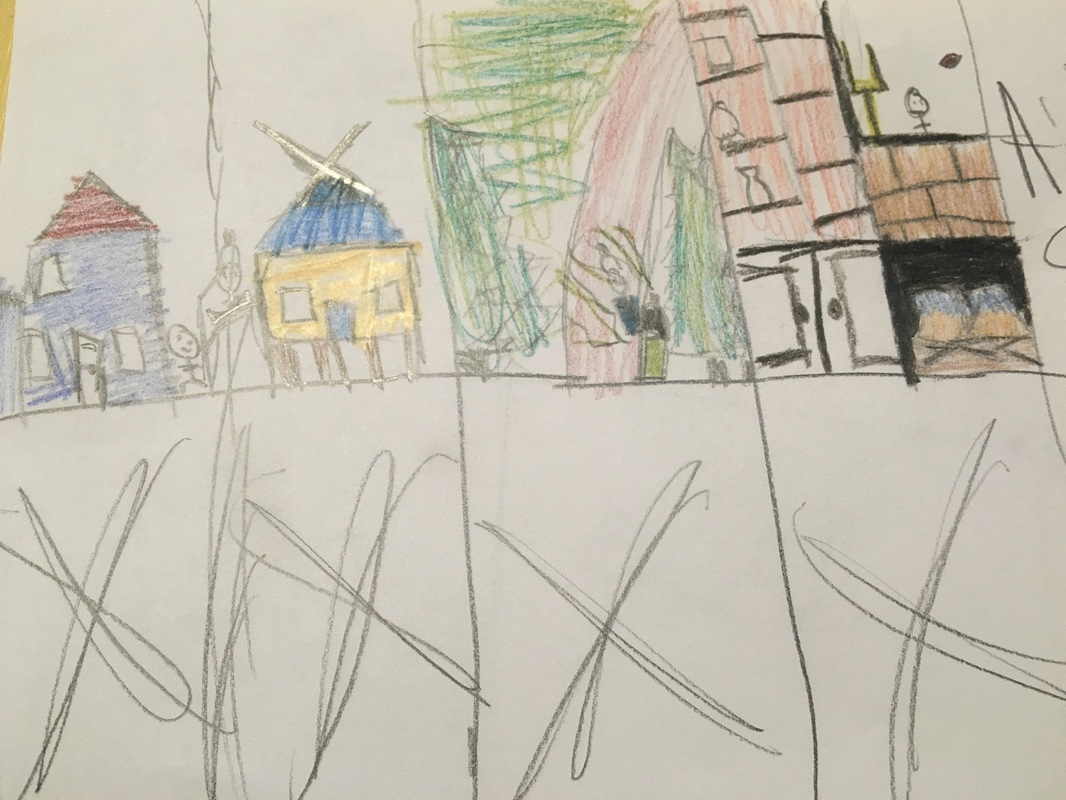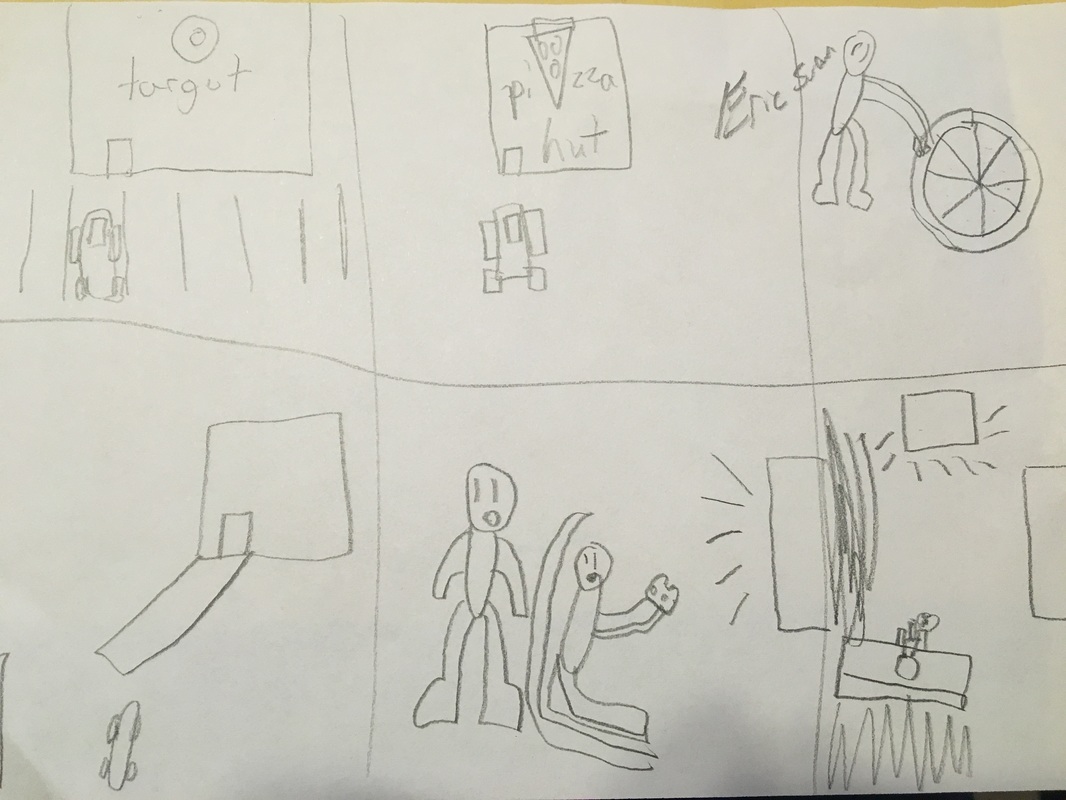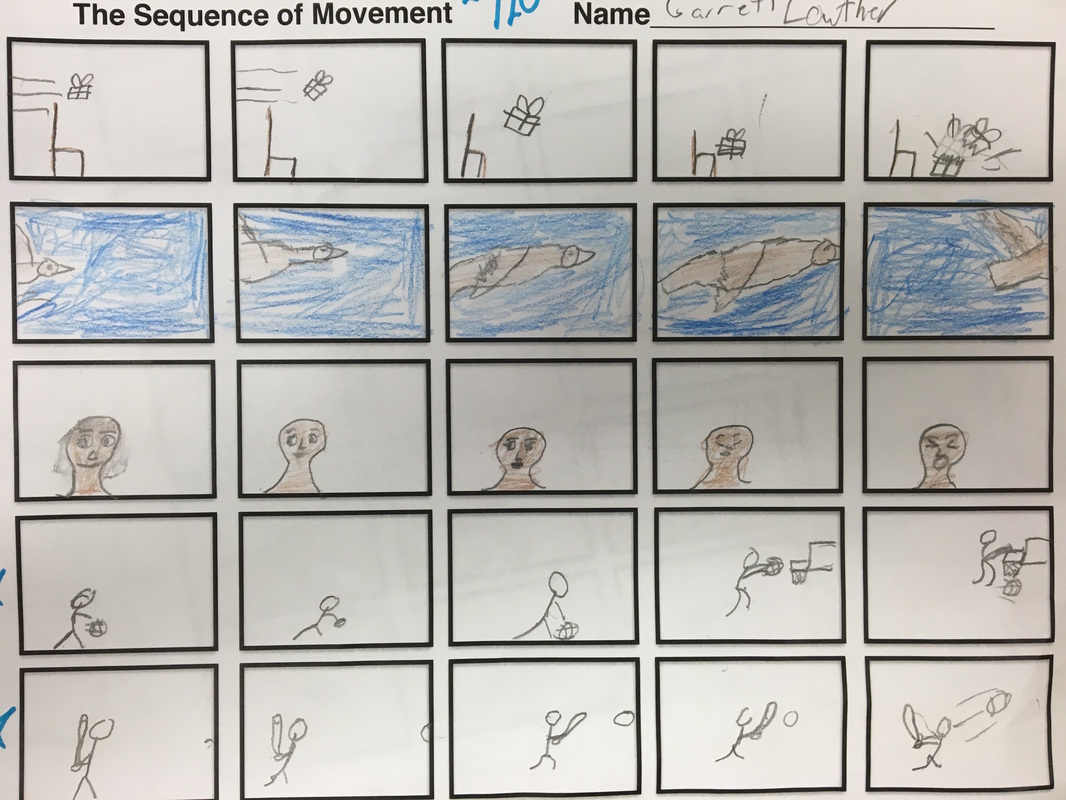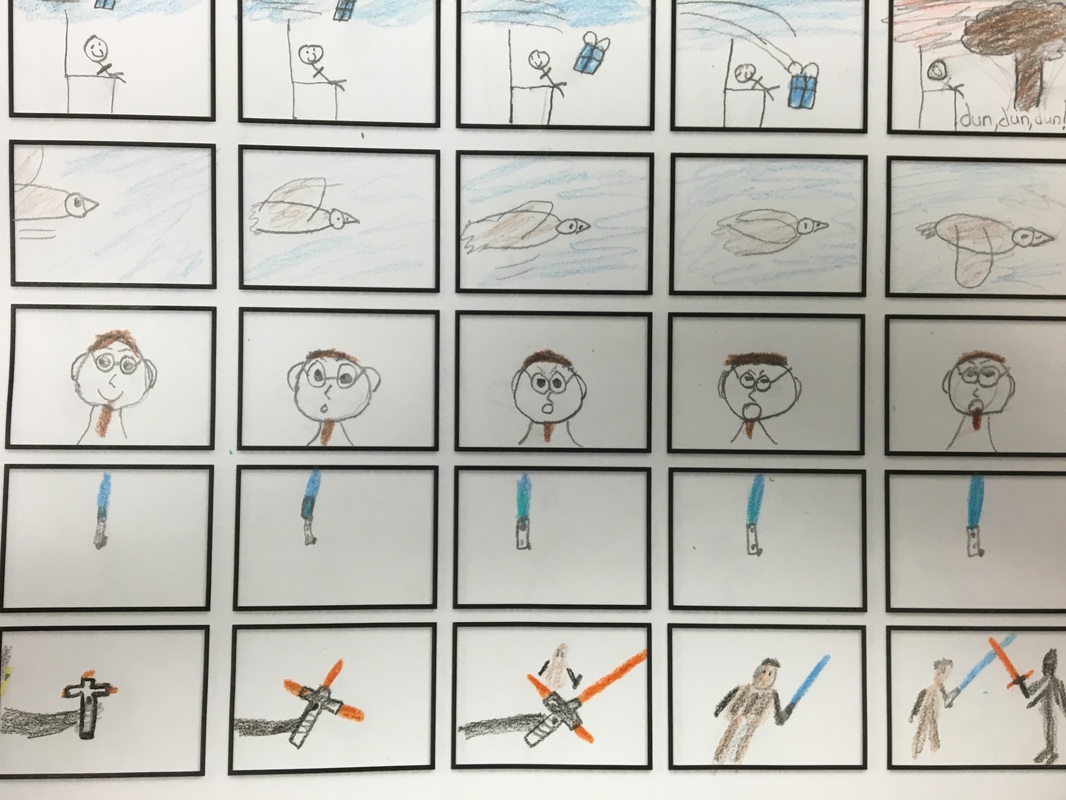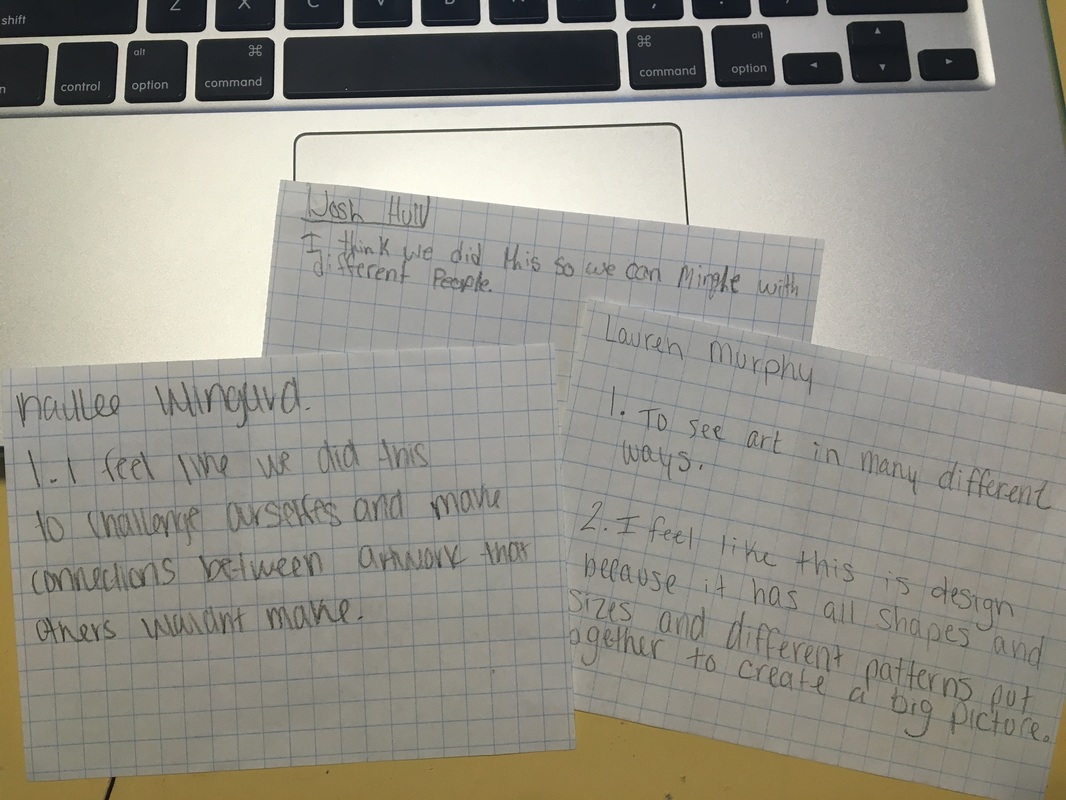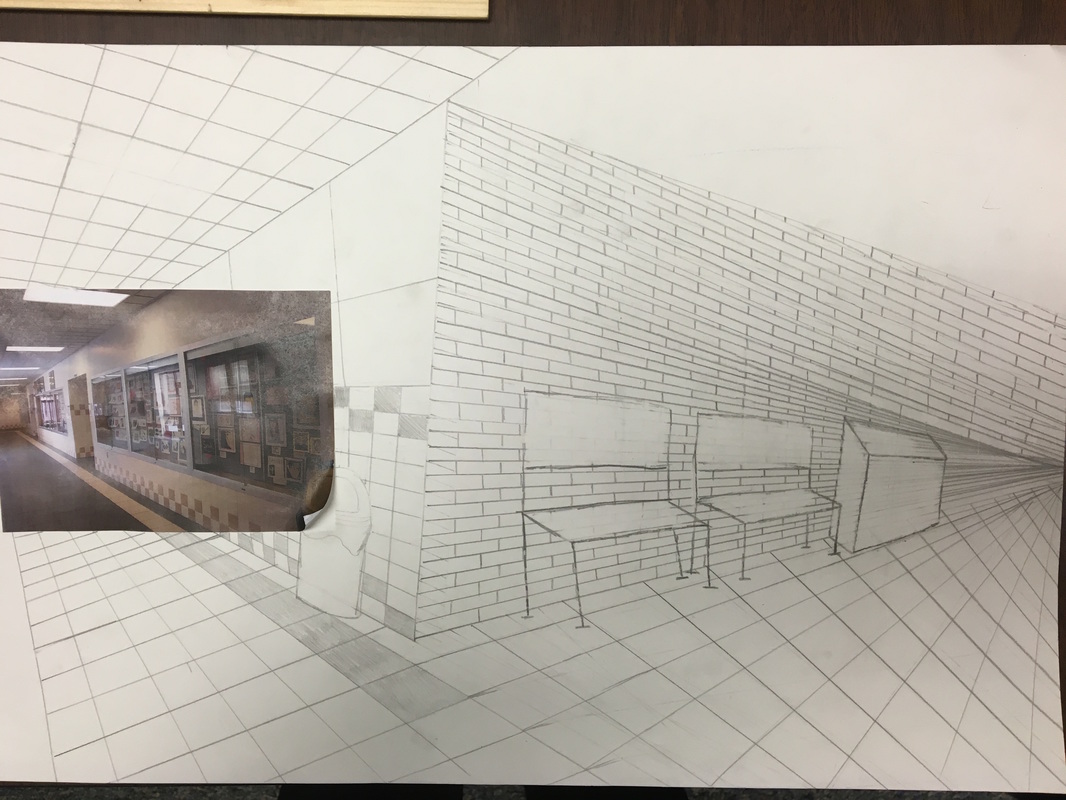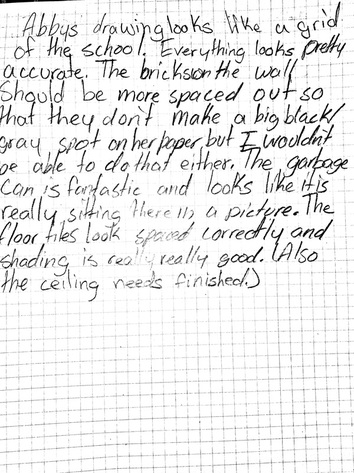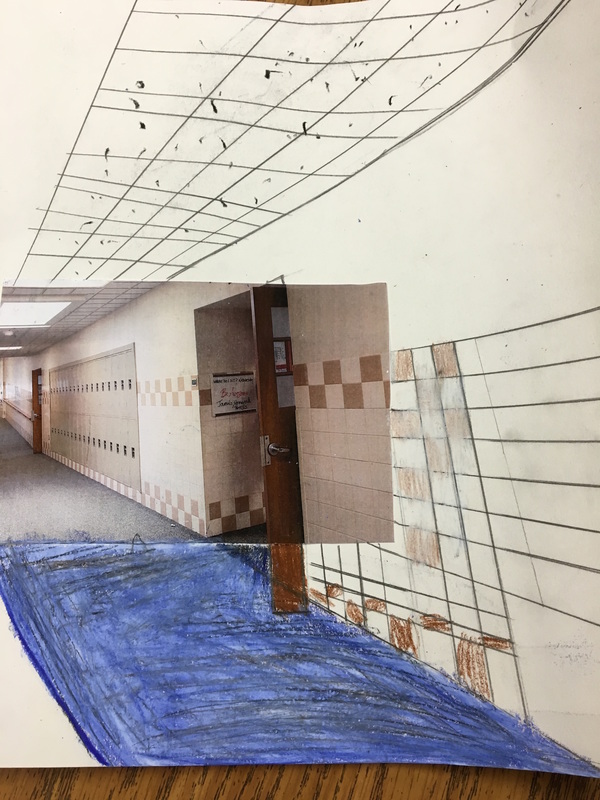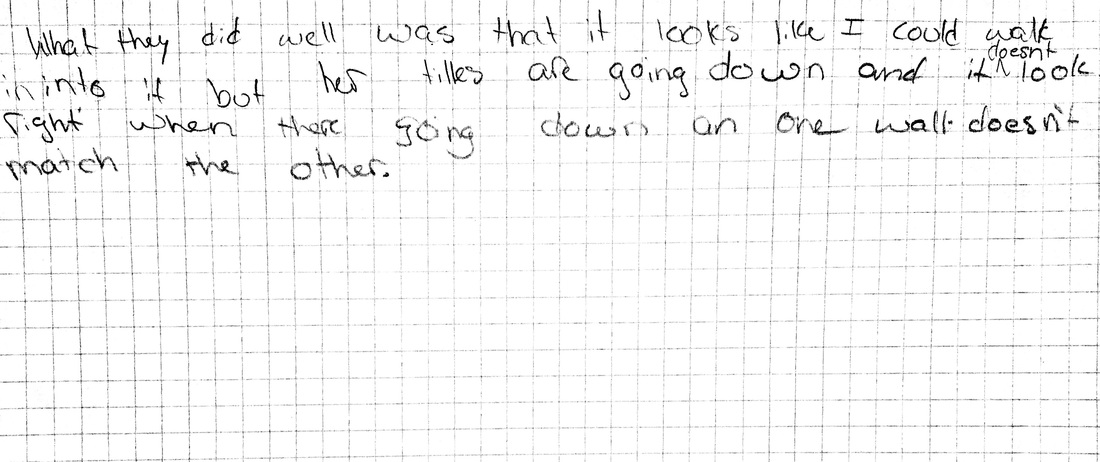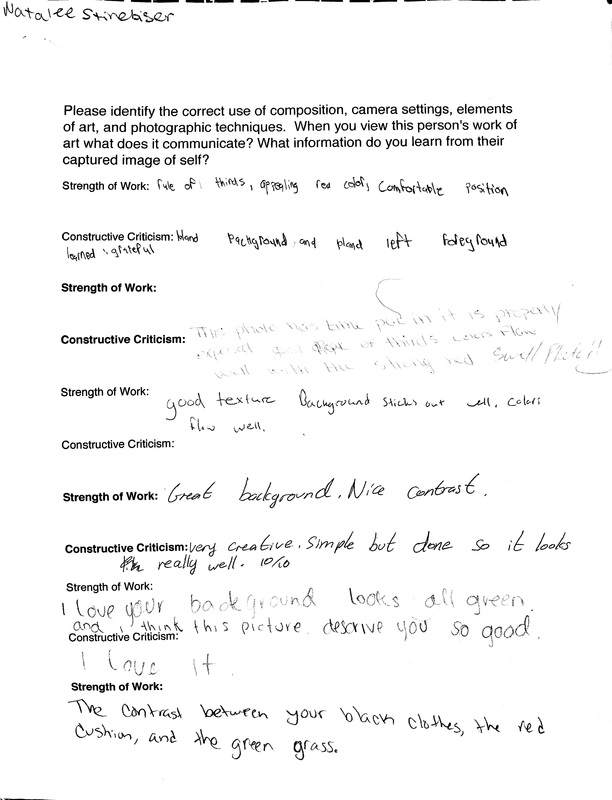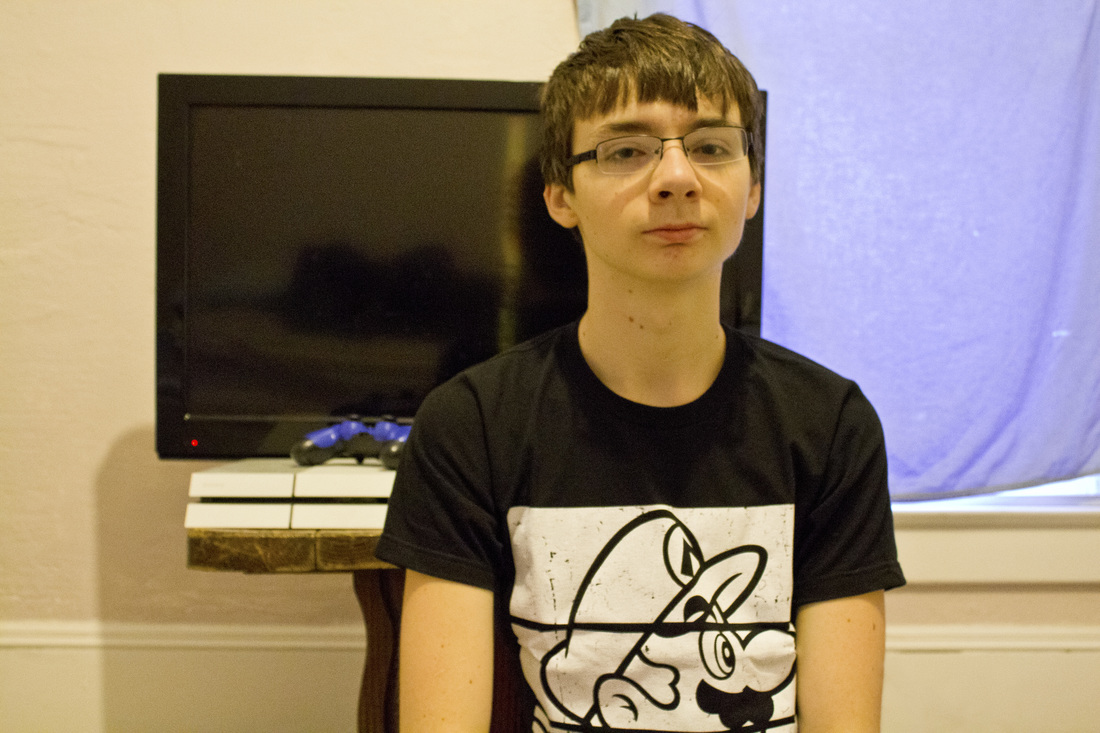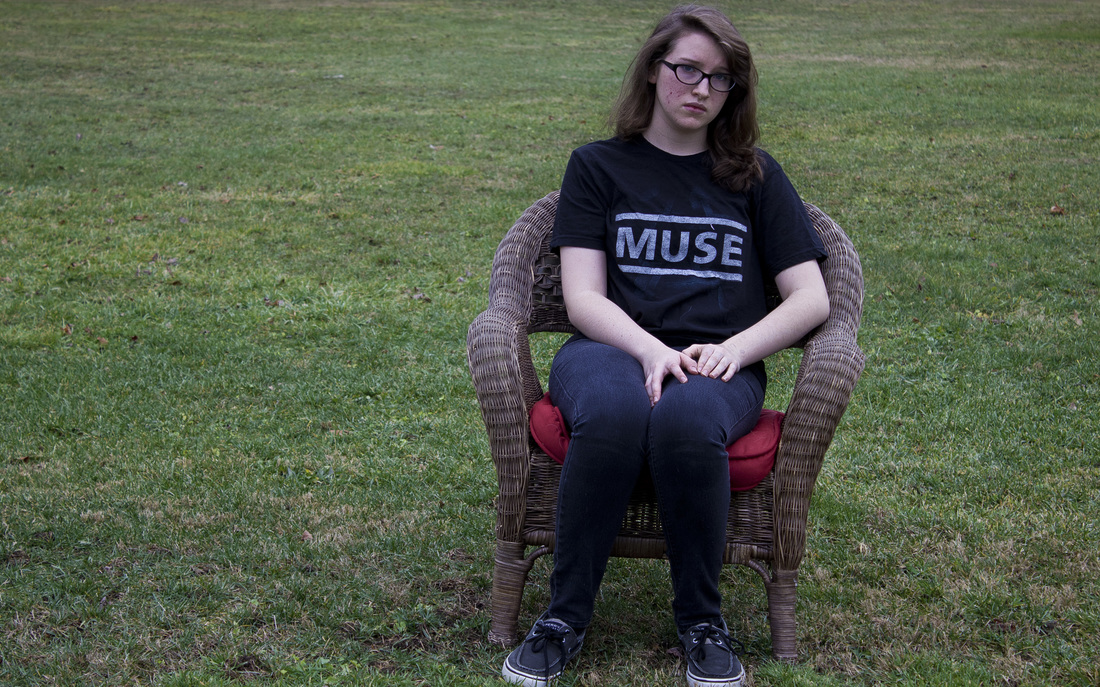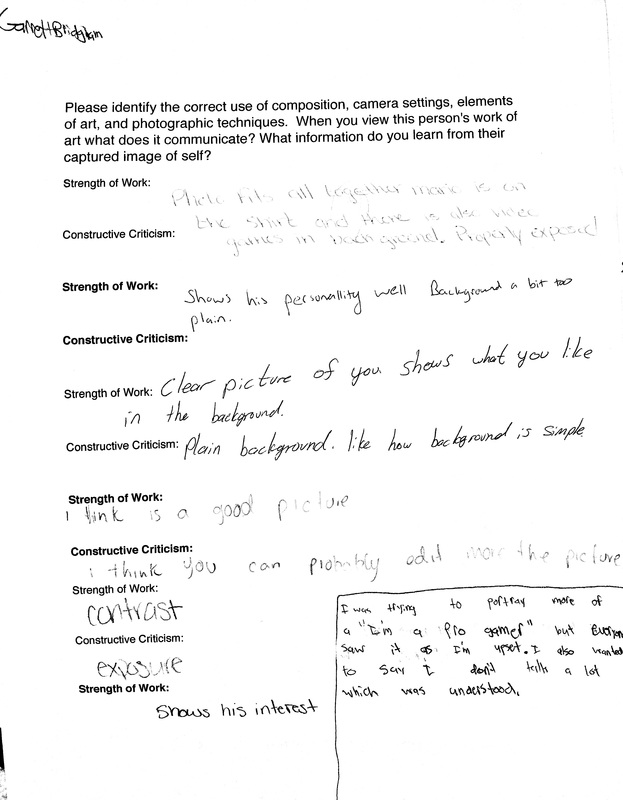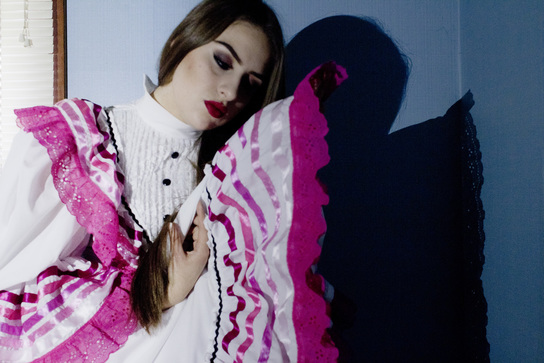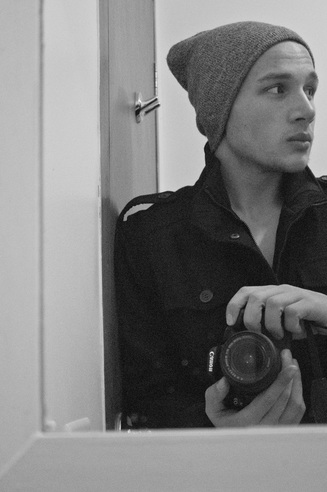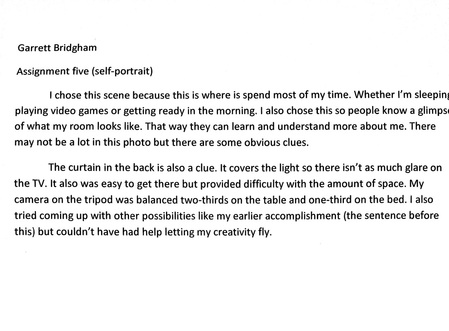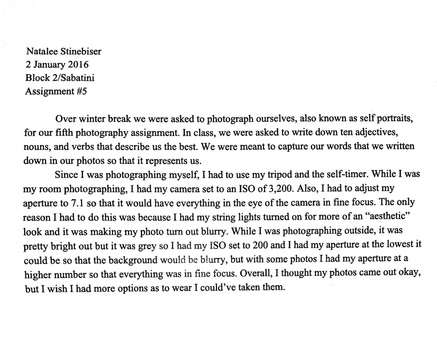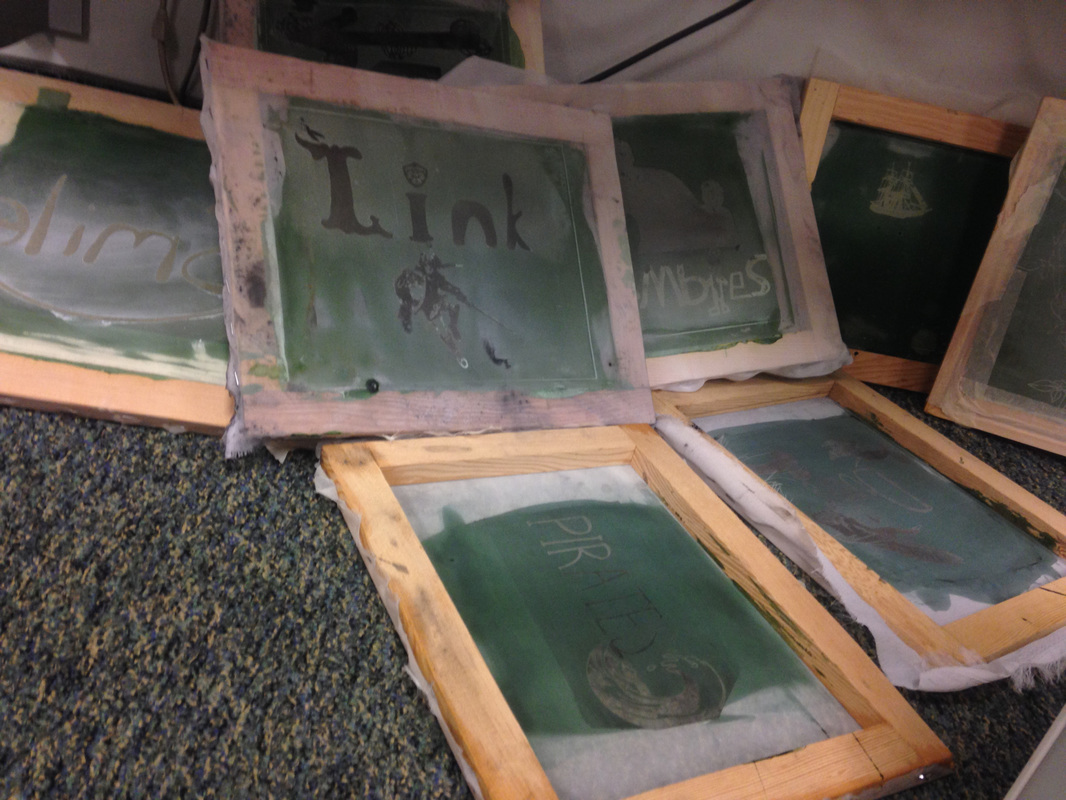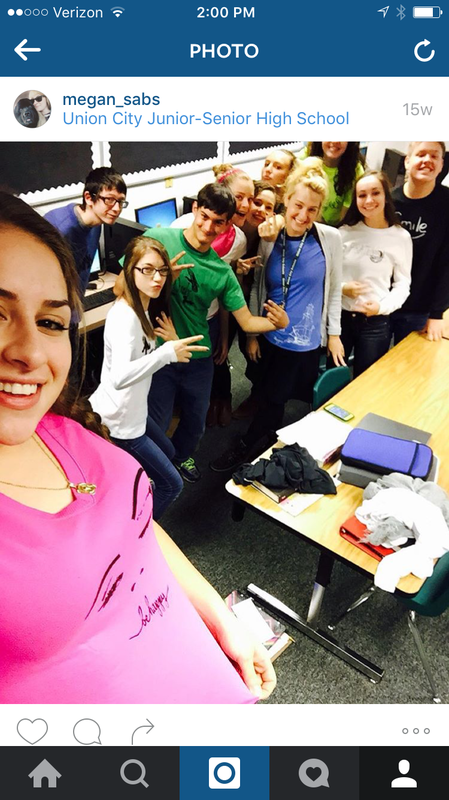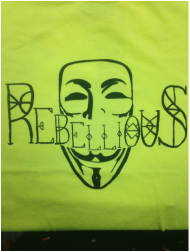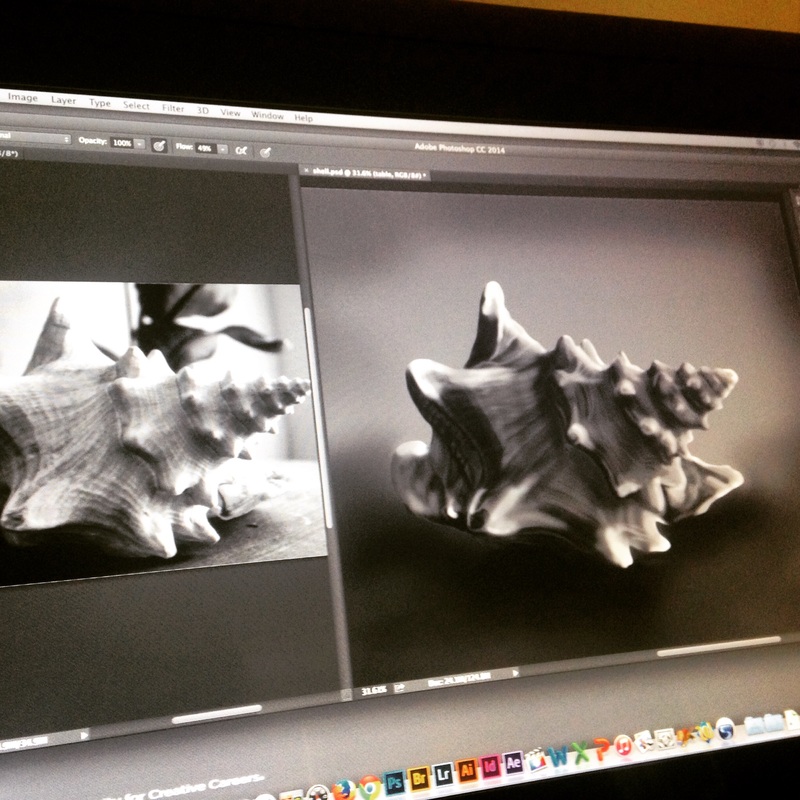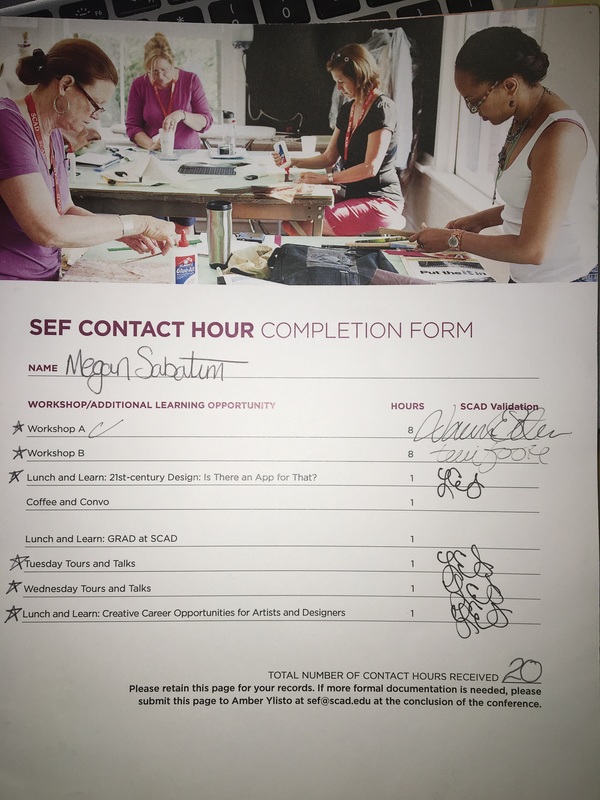Course Syllabus: Photography
|
Your browser does not support viewing this document. Click here to download the document.
|
Grant Writing: "Focusing on Photography: Building a Sense of Place" Project
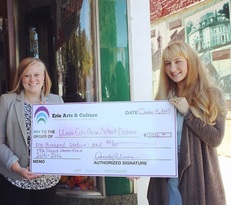
I wrote and received three grants for the photography course during this 2015-2016 school year.
1. Union City Community Foundation: $2,000.00
2. Pennsylvania Partners on the Arts, Project Stream Grant: $1016.00
3. Erie Arts and Culture Grant: $2646.00
1. Union City Community Foundation: $2,000.00
2. Pennsylvania Partners on the Arts, Project Stream Grant: $1016.00
3. Erie Arts and Culture Grant: $2646.00
Lesson Unit and Structure: (click button below)
Materials and Resources: Photography field trips around the town and the school campus to foster a sense of place and enhance concepts from the classroom.
Students in the digital photography class participated in weekly excursions that enhanced the current class content and sense of place theme.
1. Art Elements and Compositional Terms scavenger hunt in the halls of the school. Students were to choose one element and focus on finding it throughout the school hallways, showcasing it using the compositional terms: leading lines, space, contrast, focal point, symmetry, point of view, rule of thirds, running room, and framing.
2. Aperture in the Cemetery "How can you best showcase the history of your town?": Compose 4 photographs with shallow depth of field, 4 photographs with extensive depth of field, each picture must have something in focus, photographs must be clear and stay with the theme of the project, use at least one of the compositional terms in each of the 8 photographs.
3. Abstract the Ordinary "Find beauty in the ordinary of our school. Find something so "usual" you would never think to stop and look at it. What are things that go unnoticed during the school day? Find the light in our school and showcase it. Create abstract photographs that make the viewer question the object or scene." All photos must be in shallow depth of field with a focus on composition.
4. Playground Action Students walked to the Elementary Playground to showcase their action techniques. They were required to pan motion, freeze motion, and blur motion.
5. Main Street Architecture: Hidden History. "What are some things that are not normally noticed on Main Street? How can you best capture hidden histories within the architecture on Main Street? Where is there beauty in the ordinary? Compose 30 pictures with correct exposures, thinking abstractly or literally.
1. Art Elements and Compositional Terms scavenger hunt in the halls of the school. Students were to choose one element and focus on finding it throughout the school hallways, showcasing it using the compositional terms: leading lines, space, contrast, focal point, symmetry, point of view, rule of thirds, running room, and framing.
2. Aperture in the Cemetery "How can you best showcase the history of your town?": Compose 4 photographs with shallow depth of field, 4 photographs with extensive depth of field, each picture must have something in focus, photographs must be clear and stay with the theme of the project, use at least one of the compositional terms in each of the 8 photographs.
3. Abstract the Ordinary "Find beauty in the ordinary of our school. Find something so "usual" you would never think to stop and look at it. What are things that go unnoticed during the school day? Find the light in our school and showcase it. Create abstract photographs that make the viewer question the object or scene." All photos must be in shallow depth of field with a focus on composition.
4. Playground Action Students walked to the Elementary Playground to showcase their action techniques. They were required to pan motion, freeze motion, and blur motion.
5. Main Street Architecture: Hidden History. "What are some things that are not normally noticed on Main Street? How can you best capture hidden histories within the architecture on Main Street? Where is there beauty in the ordinary? Compose 30 pictures with correct exposures, thinking abstractly or literally.
Opportunities for Student Choice: Students were taken through the Design Thinking process to determine the needs of Union City students who were returning to school in September.
Students designed meaningful, positive messages with image and text for the entrance of the school. The "chalking" was gridded and drawn to scale using math.
Level of Cognitive Demand: Reflecting on the work of other photographers
|
Famous Photographers and Compositional Terms
Students were tasked to look through books of a famous photographer and "post-it tag" the compositional terms that were found within the photos. They "shared and presented" their findings with the class. Compositional Terms: Leading Lines, Symmetry, Running Room, Focal Point, Framing, Space, Contrast, Rule of Thirds, Point of View Art Elements: Line, Color, Texture, Repetition, Form, Value, Movement, Rhythm, Contrast Guiding Questions: "What comments can you make about the photographer's style? What do all of the images in the series have in common? Do you have a personal connection to any of the images?" |
Sequencing Concepts: Learning Adobe Illustrator ("I do, We do, You do") to check for learning
Students were assigned a project to complete independently, using the same illustrator tools, to showcase their understanding.
Checking for Student Learning: Pre and Post examples of sequencing movement in animation
Students were asked to show a moment from their weekend with simple images that sequenced the event. These were used as a baseline to gauge student understanding of story boarding and sequencing movement.
Students were taught how to break an action or event into simple movements using more frames and then created new drawings.
Student Grouping: Students collaborate and problem solve in collaborative, large scale art
Students created five pieces of art in their second day of graphic design class. The pieces needed to have variety at the edge, an equal amount of white and black, and answer the design challenge (ex: 5 weights of line, symmetry, repeating pattern). Students were grouped and re-grouped to continually build these pieces in response to the teacher's prompts. The goal was for students to work together, see things differently, get out of their comfort zones, realize that there are multiple ways to do something, and realize there is more than one solution to a problem. The reason why I started the course with this project is due the the fact that there are many ages in the class, ranging from 9th grade to 12th. Students don't know one another and are not comfortable starting conversations. I prompted them to continually tear their work in half and find new solutions to make connections of line weights and positive/negative space. They needed to show depth, no central focus, variety at the edge, and an equal amount of white and black.
Critiquing Work to Guide Instruction
Sixth graders completed a perspective drawing project and then participated in a critique of their peers work to guide the finishing touches of the project. A RAFTS strategy was used to help students creatively think about the work. "Pretend you are designing a detailed map of the school. When you look at your peer's hallway rendering in one point perspective, what details are drawn correctly and what details need to be fixed? Word bank: Vanishing point, foreground, background, converging lines.
Photography Students critiqued the work of their peers self portraits in a rotating critique. Each student rotated around the room and filled out a sheet for each student regarding their self portrait. They noted a strength of the work and a constructive criticism. Once everyone commented, students read their feedback and reflected on how they were portraying themselves (and whether this was what they were going for or not)
Student Ownership
Graphic Design students used the silk screen process with a custom designed vector drawing to create a walking art gallery around the school. "Design affects us every day. Consider, for example, your clothing. You get up in the morning and put a shirt on with a message, image, or pattern on it. Everyone you interact with during the day reads your visual message and is affected by it."
Professional Development: SCAD Summer Intensive (Savannah College of Art and Design)
Digital Drawing with Photoshop
